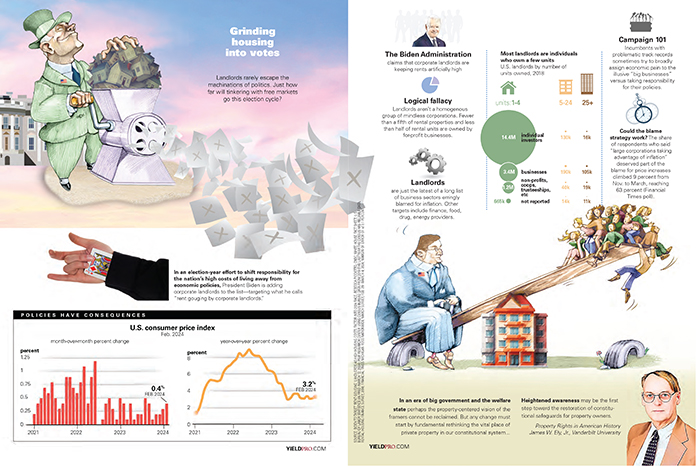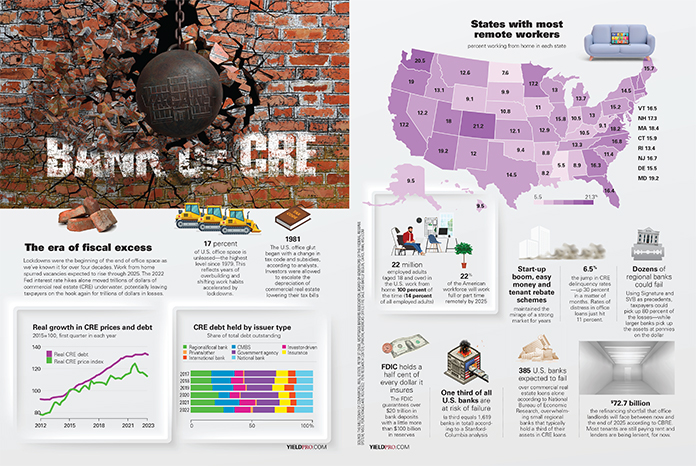The recent release of the iPhone along with the increased availability of WiFi is beginning to press the acceptance of mobile marketing campaigns. The latest to enter the mobile arena is the new iPod. It looks similar to the iPhone and lets you surf the Internet with WiFi.
Apple (creator of iPhone and iPod) takes an existing Website built for a PC and renders the Website to display perfectly on their devices. As of this writing, we have found no other mobile device manufacturer (like RIM’s Blackberry, Nokia or Samsung) or mobile service carrier (like AT&T, Sprint, etc.) that has processes in place to allow a Website to be rendered automatically like Apple. All others require some visual modification.
This truly sets Apple apart in the mobile marketing industry and your existing Website, built for a PC, can function as a sales channel with Apple products right now with minimal modification (like a workaround for Flash).
On October 5, 2007, Adobe announced the availability of Adobe Flash Lite 3. This version supports Adobe Flash Player compatible video and enables the delivery of dynamic Web content on mobile devices. Some carriers, like Nokia, have already committed to deliver Flash Lite 3 enabled devices. What does this mean? It means we are one step closer to bringing the PC desktop experience to mobile devices.
There is an ongoing debate about whether companies need a .mobi domain in addition to their .com domain. We recommend purchasing a .mobi domain in order to build a mobile-optimized Website, as not every user has an Apple mobile device.
There is already a sweep of firms advertising a .mobi domain. This Website designation indicates the site has been optimized, or built for use on a mobile device. The mobile Web is in it infancy and as such, it presents challenges to Website designers, developers and marketing teams. Issues arise with the smaller screens, nonstandard browser rendering, slow download speeds and hiccups in connectivity.
Yet, companies that persevered when the Internet was new were able to capitalize on getting in on the ground level by gaining a valuable head start on things like domain name selection and streamlining processes. In addition, mobile Web pioneers can receive invaluable branding and new revenue sources.
The Japanese market has had phones similar to the iPhone for years.
More than 53 million people in Japan use mobile devices to access the Internet. Informa, a telecom analyst company, tells us that there are currently 2.7 billion mobile phone subscriptions worldwide, translating to enough mobile phone subscriptions to cover 41.4 percent of the human race.
How to use mobile marketing
The mobile marketing options available for use on your property are exponential with the right talent and technology. For example, your prospect can drive by your property at 2:00 am, dial your published phone number and receive information on your current special in text format, visit your .mobi site, and complete a request for more information to be sent to him via his choice of media.
You can publish the equivalent of a radio commercial with sound effects, no time limitations, and an option to connect directly to your leasing office phone number. The phone cast number can be included on all your print media and accessed via your Website. Residents can pay rent by phone, or submit a maintenance request. By listing your .mobi site address on your Internet service listings, prospects can instantly access your mobile advertising interface.
Design and development
Mobile marketing does have barriers to overcome, but there is growing demand. Implement it now to stay ahead of the competition and support your offline marketing campaigns.
Unlike a Website, you can’t really design anything visually appealing– it just has to be clean, simple and primarily text driven. The purpose and message have to be condensed so the mobile Web viewer can get information and transact business quickly with a minimum of download time.
The biggest barrier for companies is developing or adapting an existing Website for a mobile Web environment when there are hundreds of different browsers and screen settings which make it virtually impossible to determine how your mobile Website will render on a mobile device. In October 2007, The World Wide Web consortium established a task force to produce guidelines, checklists and best practice statements that will enable the reach of the Web to easily extend to mobile devices.
While these guidelines are being built, we encourage you to develop your mobile site in XHTML which will provide the best opportunity for your Website to render correctly. XHTML has structured accessibility standards that make it perfect for mobile devices where images may be pulled out of proxies and formatting for smaller screen sizes would be a requirement.
Also, consider a file size that allows your Web pages load quickly. The best way to reduce file size is by separating the design from the content using cascading style sheets (CSS). These design style sheets should be set up with percentages rather than absolute positioning to increase your chances of having the Website display correctly.
With the emergence of 3G wireless technologies, the constraint on the file load time will be less of a barrier. But as bandwidth increases, the handset’s power consumption also increases which further burdens the battery life of a mobile device.
Navigation
Effective mobile marketing must have a clear and concise call to action. It should include a click-to-call option, the ability to send the page via email and the ability to share the Website with others by SMS (aka short message service or text messaging).
Every mobile Website should have a site map and navigation should never be more than three clicks to anything. In other words, reduce the information and get your viewers right to the information they came for while providing crumb trails to guide them through the site.
Simple navigation with shallow sub-menus will serve you best. Keep the content focused to what a Website visitor will need to know or what they will need to transact with your company.
Javascript navigation will typically display on a mobile device, but we suggest the use of style sheets to replace complicated Javascript navigation with text links to take viewers back to the top level navigation quickly. Avoid using embedded objects or scripts as part of your navigation schematic on your mobile device, as they typically will not render the right view on mobile devices.
Usability
Visitors on your mobile Website are there with a task in mind and are ready to interact with your brand. It is essential to make it easy and foolproof for them to transact business with your company and this is why usability is so important. For optimal results, we recommend avoiding Flash, frames and any script language that may require a plug-in to render correctly. Any barrier for your mobile device visitor will turn them away instantly. Mobile users are less patient than PC users.
As mentioned, always include a “click-to-call” function to instantly allow them to open a phone call to your company with one click. It is important to remember these mobile devices are multi-functional in that they allow the viewer to call, email, text and surf the internet from one device. Be sure to link the company address to a mapping resource that has the ability to send driving directions to a mobile phone.
Mobile search tactics
Engage the audience. You may be thinking that you should only use a mobile marketing campaign to disseminate information about your brand. Expand your scope to think about lead generation and converting these mobile shoppers into tangible prospects. Once you steer your mobile visitors to what they are looking for, give them the opportunity to communicate with your company.
Be sure to validate your mobile advertising campaigns and Websites to insure your efforts are making it to viewers. See resources at the end of this article.
Promoting your mobile campaign
As soon as your new Website is mobile ready, create a press release announcing your new .mobi site and outline the specific features of your new site. Think about advertising your new .mobi Website at locations where your prospects and residents would have the ability to view it away from their PCs–such as public transportation venues or at the gates or entrances of your community. This reminds your residents and prospects that they can transact with you and your company from any personal computer or mobile device.
Your .mobi Website will set you apart from your competition and will show your prospects and residents that your community wants to make it convenient for them to interact and make rental decisions.
The future of mobile marketing
The momentum behind the growth of mobile marketing is fueled by demand and that is the motivation for your mobile marketing campaign. Need more validation?
If you want a glimpse of what is to come in mobile marketing in the U.S., consider these statistics on Japanese consumers who have had phones similar to the iPhone for some time. The Ministry of Internal Affairs and Communications reports that mobile ad spending grew by more than a third in 2006 and that in February 2007, Japan surpassed the 100 million mobile subscriber milestone. This means the country is fully penetrated with advanced wireless services. The mobile marketing future will be changing daily and it is up to you to decide when expand your brand into this new virtual real estate marketplace.
Where to go for more
Mobile Website Guidelines
Mobile Advertisement Guidelines
Mobile Marketing Standards
Google Maps & GPS
Test Website for Mobile Compliance
Mobile Website Forum
Fast Glossary
3G Wireless 3G is the 3rd generation of mobile phone standards and serves to include wide-area wireless voice telephony and broadcast wireless data – all in a mobile environment.
Blackberry Brand of wireless handheld mobile device introduced in 1999. The Blackberry was developed by Research in Motion (RIM).
CSS Acronym for Cascading Style Sheets (CSS) is a style sheet language. It’s most common application is to style web pages written in HTML.
Javascript Scripting language developed by Netscape to enable web authors to design interactive sites.
.mobi Domain Top-level domain dedicated to delivering the Internet to mobile devices via the Mobile Web. It is financially backed by Google, Microsoft, Nokia, Samsung, Ericsson, Vodafone, T-Mobile, Telefonica Moviles, Telecom Italia Mobile, Orascom Telecom, GSM Association, Hutchison Whampoa, Syniverse Technologies and VISA.
SMS Acronym for Short Message Service (SMS) and is often called text messaging. It is the means used to send short messages to and from mobile phones.
HTML Acronym for HyperText Markup Language (HTML) and it provides a means to describe the structure of text-based information in a document.
PDA Acronym for Personal Digital Assistant. An Electronic device that includes some of the functionality of a Computer or cellphone or music player and/or a camera.
RIM Acronym for Research in Motion (RIM) who developed the Blackberry mobile device.
WAP Wireless Application Protocol (WAP) — it allows mobile devices like cell phones, blackberries, etc to access the Internet.
XHTML Acronym for eXtensible HyperText Markup Language (XHTML) and is an intersection of HTML and XML. XHTML is the preferred language used to code mobile Websites.
Author: Becca Wilson














